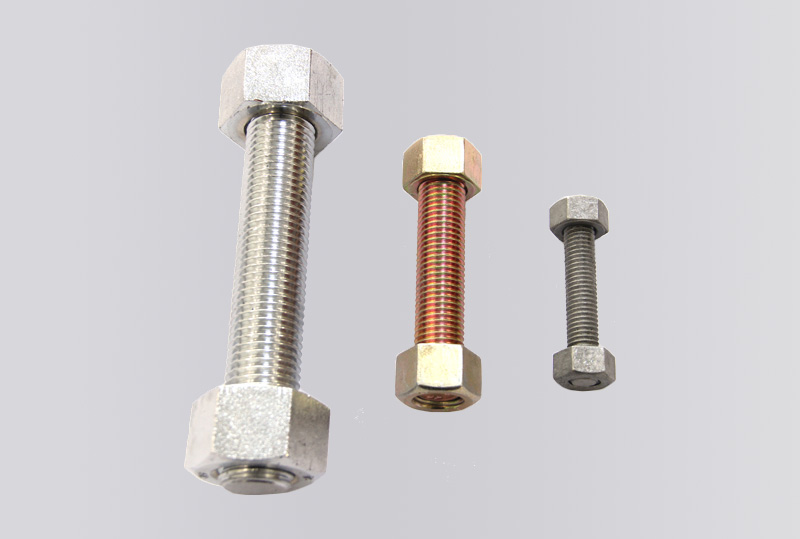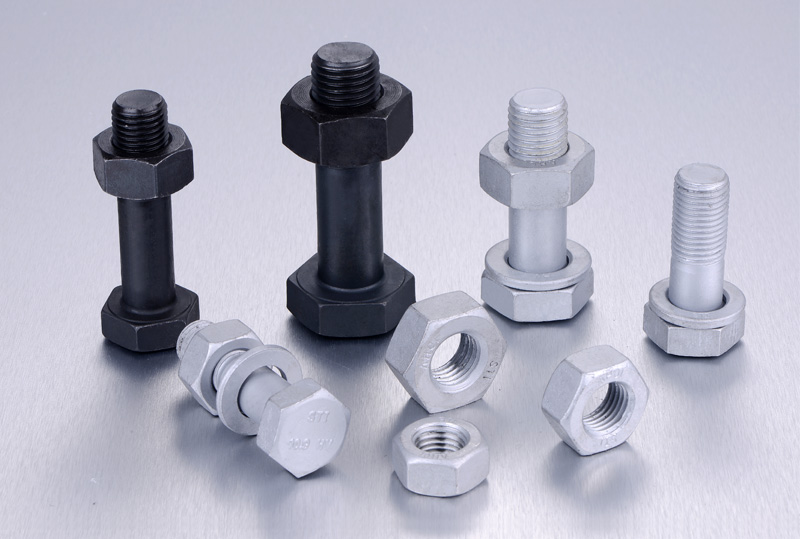5 ways to prevent the Heavy Hex Bolt from loosening:
1. Friction and anti-loosening
This is the most widely used anti-loosening method. This method generates a positive pressure between the thread pairs that do not change with the external force, so as to generate a friction force that can restrain the relative rotation of the thread pair. This positive pressure can be achieved by pressing the thread pair axially or in both directions at the same time. Such as elastic washers, double nuts, self-locking nuts, and nylon insert lock nuts. This anti-loose squares method is more convenient for the disassembly of the nut, but in the environment of shock, vibration, and variable load, the preload force of the bolt will drop due to relaxation at first. It will cause the nut to loosen and the threaded connection to fail.
2. Mechanical anti-loosening
Use split pins, stop gaskets and string wire ropes, etc. The mechanical anti-loosening method is more reliable, and the mechanical anti-loosening method should be used for important connections.
3. Permanent anti-loose
Spot welding, riveting, bonding, etc. In this method, threaded fasteners are mostly crushed during disassembly and cannot be reused.
4. Riveting and anti-loosening
After tightening, punching, welding, bonding, and other methods are used, so that the threaded pair loses the characteristics of the movable pair and the connection becomes an inseparable connection. The disadvantage of this method is that the bolt can only be used once, the disassembly is very difficult, and the bolt pair must be crushed to be disassembled.
5. Structural anti-loose
The structure anti-loosening does not rely on the manpower outside the circle, but only on its own structure. The structural anti-loosening method is Down's thread anti-loosening method, which is also the best anti-loosening method to start and achieve, but it is not known to most people.










